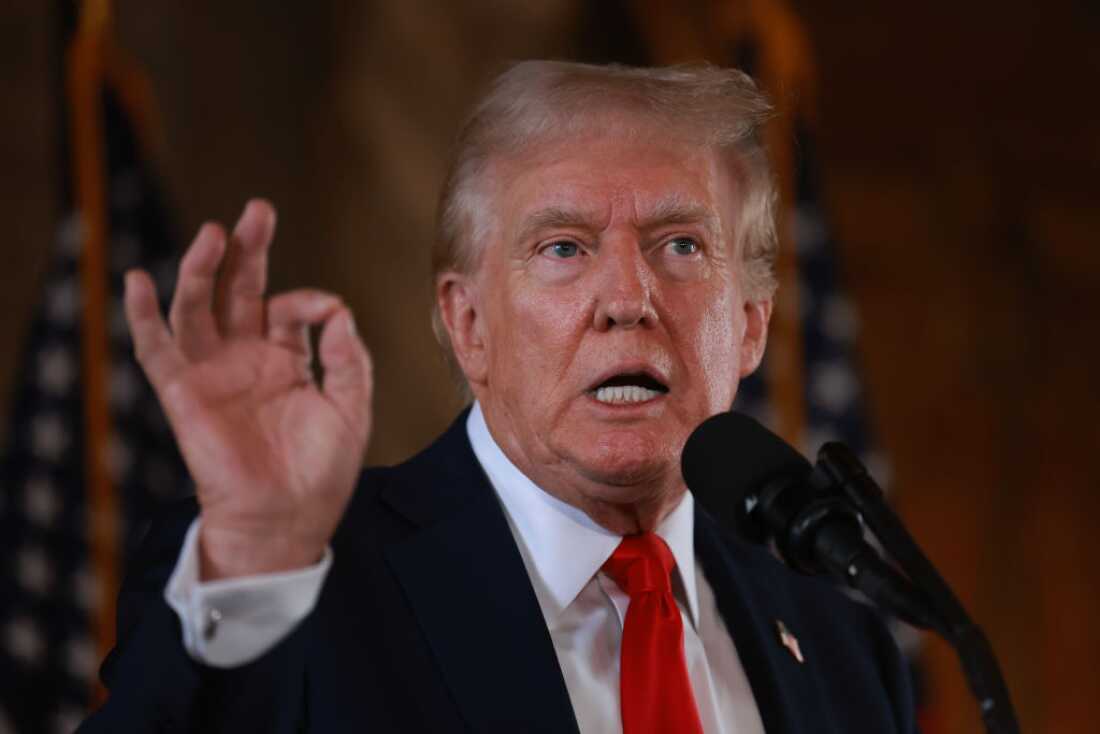Even with various internal and external challenges, the U.S. economy persists in showing resilience, surprising experts who forecasted declines that have not yet entirely occurred.
Over the past several years, the American economy has been tested repeatedly, from global health crises to geopolitical conflicts, persistent inflationary trends, supply chain disruptions, and political disagreements that have shaken investor confidence. Yet, in the face of these trials, the economy has consistently proven its resilience, maintaining growth where many thought it would falter. This ongoing performance has sparked debate among economists, policymakers, and businesses alike about the underlying forces that continue to support economic stability in the United States.
The weight of global pressures and domestic uncertainties
When the pandemic initially expanded worldwide, numerous predictions anticipated that the U.S. economy would suffer lasting harm. Yet, vigorous fiscal interventions, quick business adaptations, and creative changes in consumer habits helped soften the impact. Although other countries encountered extended economic downturns, the United States managed to recover at a faster pace, even astonishing experienced financial analysts.
As inflation emerged as the primary worry, the Federal Reserve increased interest rates at an unprecedented speed in recent decades. Many worried that these actions could drastically slow down economic activity or cause significant job cuts. However, although some sectors experienced a downturn, overall employment levels were robust, and wages kept increasing across various industries. This mix of limited labor availability and consumer purchasing strength contradicted conventional predictions about economic reactions in such circumstances.
Moreover, international conflicts and trade disputes added another layer of strain, particularly in energy markets and agricultural exports. Yet the U.S. economy adapted, diversifying its supply chains and leaning on domestic production where possible. While price fluctuations did create hardship for households and businesses, the broader economy sustained forward momentum.
Consumer confidence and business adaptability
One of the clearest indicators of resilience has been the continued confidence of American consumers. Despite headlines warning of potential downturns, people have maintained spending habits, particularly in areas such as travel, entertainment, and retail. This spending, even if tempered by higher prices, has kept demand strong and motivated businesses to continue investing in operations and expansion.
American corporations have shown an impressive ability to adjust. Through digital evolution, remote work adoption, or optimized logistics, companies have reorganized themselves to overcome obstacles. Numerous businesses, especially those that are small and medium-sized, have discovered creative methods to reduce expenses while satisfying client demands. This entrepreneurial flexibility has been crucial in mitigating economic impacts that could have otherwise resulted in a downturn.
Another factor is the ongoing influx of technology-driven industries and startups. Fields like artificial intelligence, renewable energy, and biotechnology have fueled job creation and investment opportunities, counterbalancing weaknesses in more traditional sectors. These growth engines not only contribute to current stability but also point toward long-term economic transformation that could further insulate the country from future crises.
The ongoing debate about sustainability
Although the strength of the U.S. economy is clear, there are ongoing debates about how sustainable this robustness truly is. Detractors claim that significant government debt, ongoing inflation, and increasing inequality might ultimately undermine the basis of stability. Meanwhile, some highlight the possibility of international financial disturbances, environmental issues, or emerging geopolitical tensions posing new challenges to the system’s resilience.
Nevertheless, proponents argue that throughout its history, the American economy has demonstrated resilience in overcoming challenges, often coming out more robust following times of upheaval. They underscore the importance of creativity, consumer resilience, and institutional flexibility as fundamental elements that propel advancement, even during unpredictable periods.
The truth likely lies somewhere in the balance between these perspectives. While risks are undeniable, so too are the opportunities for continued growth and reinvention. What sets the United States apart is not the absence of challenges, but its capacity to absorb them and find new pathways forward.
In the end, the story of America’s economy is less about invincibility and more about resilience. Each trial underscores the interplay between risk and adaptability, between hardship and opportunity. And as long as these dynamics remain in motion, predictions of collapse may continue to be proven premature.




